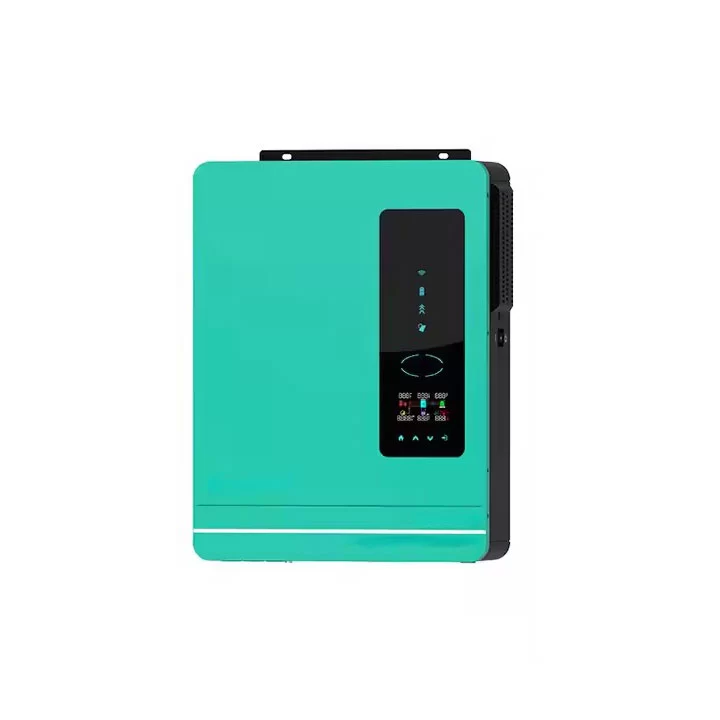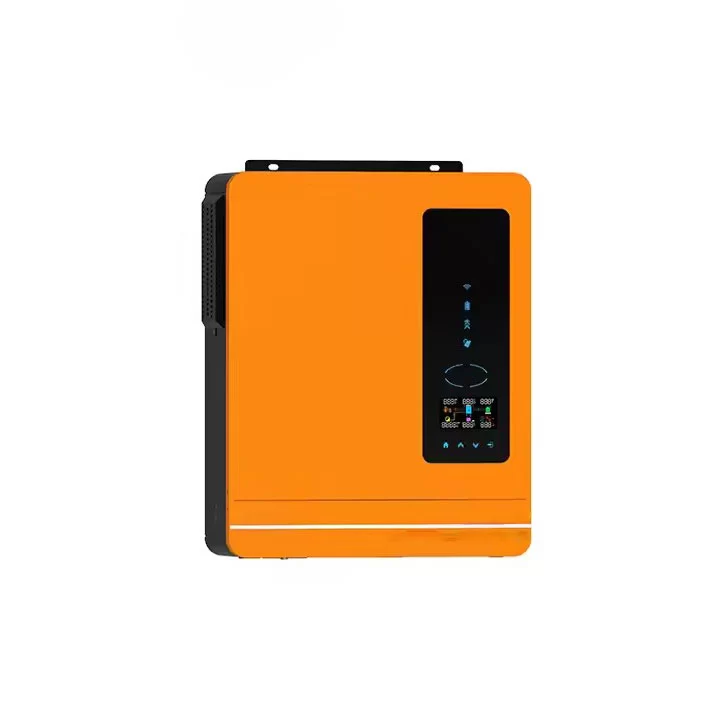Solar Pure Sine Wave Inverters meet the quality requirements of all sectors. In
South Africa, they provide clean energy in areas where telecommunications are unreliable.
Australian consumers rely on high-quality electricity from the grid, especially in remote areas. In the
UK, these inverters are very popular in the mobile and camper market, with emergency power solutions in a variety of situations.
If you don't see the information and inverters you need here, click on Service Support to find our specialized AI Data Customer Service.
Definition of Pure Sine Wave Inverter
Pure sine wave inverters are those capable of reproducing a uniform wave between the different pulses. In comparison with modified sine wave or square wave inverters, the advantage of this kind of inverter is that the pulses between the waves are more abrupt and segmented. That is why using an electronic device with a pure sine wave inverter is highly recommended, because it would provide exactly the same kind of current as received from the regular electricity network. In contrast, using a pure sine wave inverter will have the effect of prolonging the life of the electronic device much longer than using a modified sine wave inverter.
Classification and Application of Pure Sine Wave Inverters
Grid-isolated pure sine wave inverters-with batteries-find application in installations that cannot be connected to the grid or want to stop using the grid. They can transform DC from a battery into 230V AC and thus drive typical appliances in any home. These pure sine wave inverters must be installed with batteries in order to function, creating an AC sine wave by subtracting energy directly from the DC bus. They supply places not connected to the grid with electricity, such as cabins, single-family homes, country houses, weekend houses, boats, vehicles like caravans, water pumping systems, etc.
In this category, following are some types of pure sine wave inverters that we can find:
- Traditional off-grid pure sine wave inverters: This type of inverter converts direct current into alternating current and is normally used for household electricity. They possess protection against deep battery discharge, short-circuit protection, and so on.
- Grid-isolated pure sine wave inverter with charger: Other than electrical energy conversion, this inverter was able to recharge the battery with the aid of an external power source. It maintains consistent functioning of the system on days of bad weather or, for that matter, on days of huge energy consumption.
- Pure sine wave inverter charger with solar regulator: This type of inverter combines a battery charger and solar charge controller to regulate the flow of energy from solar panels along with external sources of power.
- Grid-connected pure sine wave inverter: used for grid-connected solar systems, it transforms the DC generated from solar panels into AC synchronized with the grid current to cut down energy consumption by electricity suppliers.
- Pure Sine Wave Self-Consumption Inverter: In contrast, this type of inverter directly utilizes solar panel energy for the household electrical devices, giving first preference to the solar energy and supplementing it from the grid in case of its insufficiency. Models with batteries also store excess solar energy for later use.
- Pure Sine Wave Battery Inverter for Direct Self-Consumption: This inverter can store excess electricity produced in batteries, while it can also directly make use of solar energy, so this inverter is also called a hybrid inverter.
How does the power and voltage of a pure wave current inverter affect
1. Difference between Power and Energy:
- Power is the demand that every electric device instantaneously requires, which is just the product of current intensity and voltage in watts.
- Energy is the amount of electric energy a device consumes during a period of time and has its unit in watt-hours.
2. Example:
Therefore, an 80 W laptop that runs 4 hours a day will consume 320 Wh per day.
3. Inverter Power Limit:
There exists a maximum power limit for a pure sine wave inverter, basically the peak power output that the inverter can support.
Suppose you bought an inverter with the capacity of 3000 W; then you should not connect any device or several devices of more than 3000 W.
4. Excess Power:
If this power limit is exceeded, the inverter simply switches off to protect itself; this does not damage any of its internal parts.
Inverters normally would be designed to support double their nominal power for a few seconds to sustain moments of high demand of power at startup, such as motors or pumps.
5. Function of the Inverter:
The inverter converts the DC of the battery into AC 230V to use on the appliance.
6. Recommendations for the choice of the inverter:
- It is recommended to install an inverter with up to 1000W power for 12V systems.
- For 24V systems, the inverter to be installed should have a power between 1000W and 3000W.
- It is recommended that a system operating at 48V should employ an inverter with more than 3000W of power.
7. Precautions:
Whenever the voltage of the battery goes to a very low value, a high-power inverter must not be used because it draws too much current from the battery, which may also lead to reaching the maximum current limit of the battery due to which the battery may be damaged.

